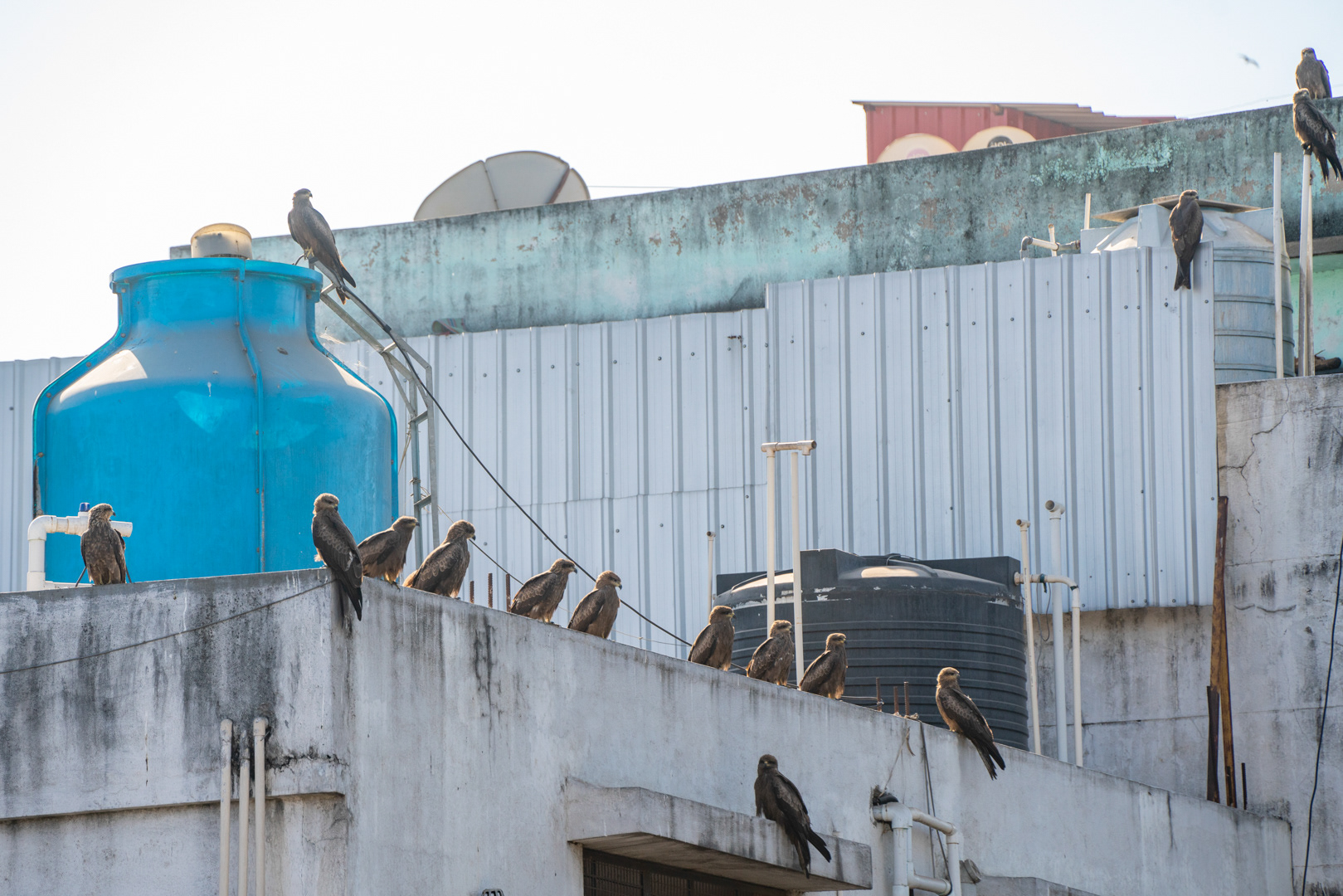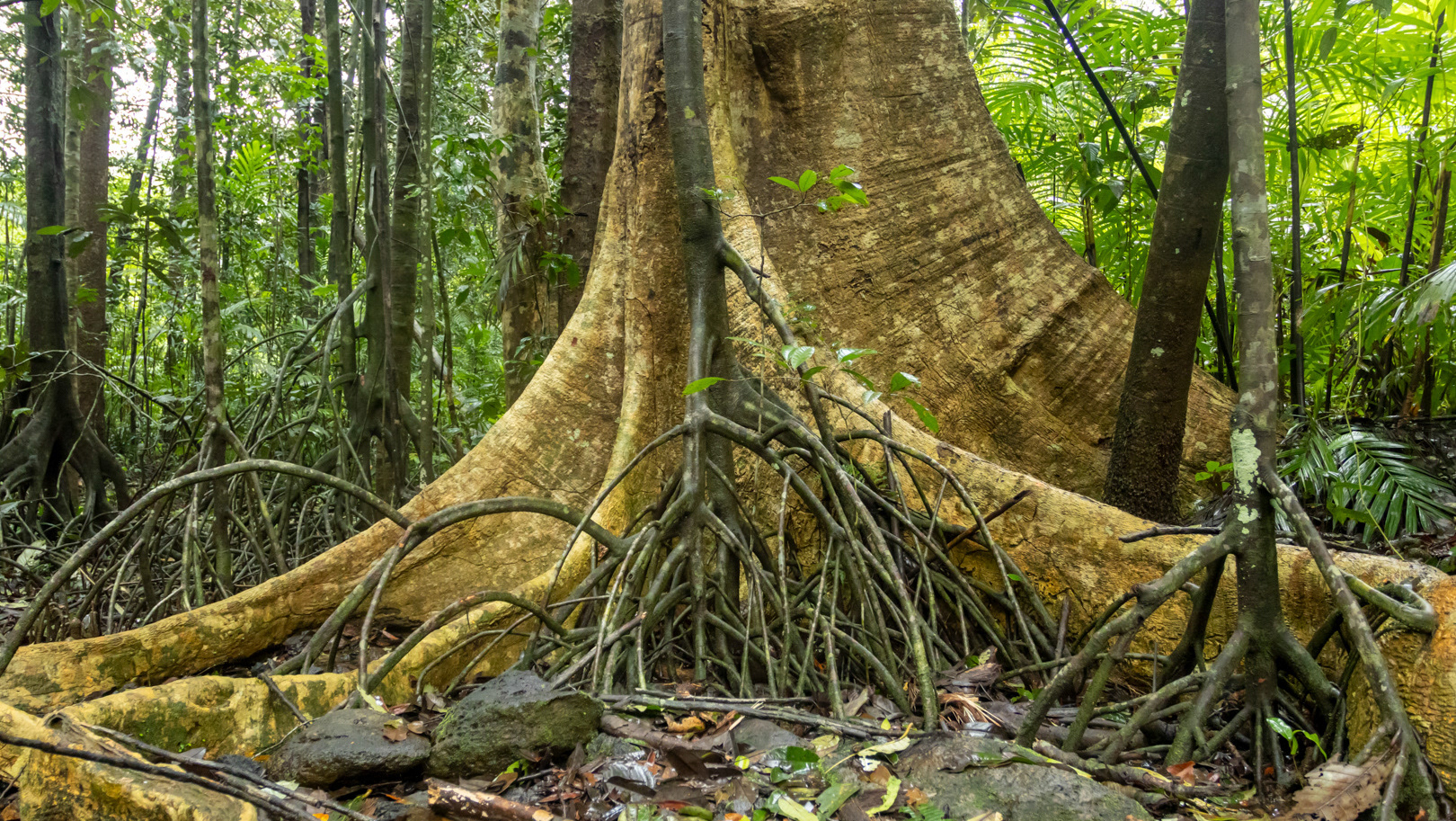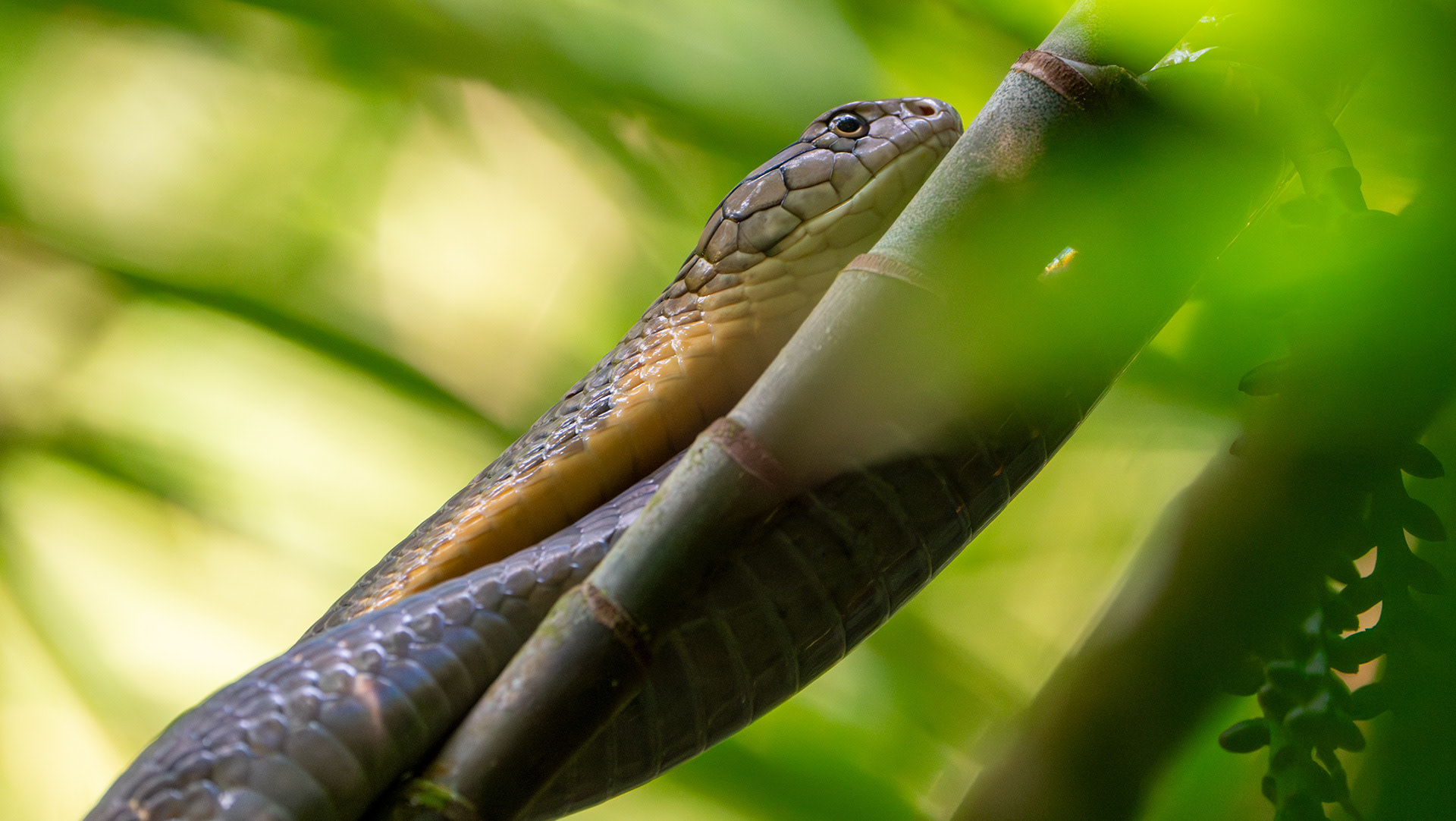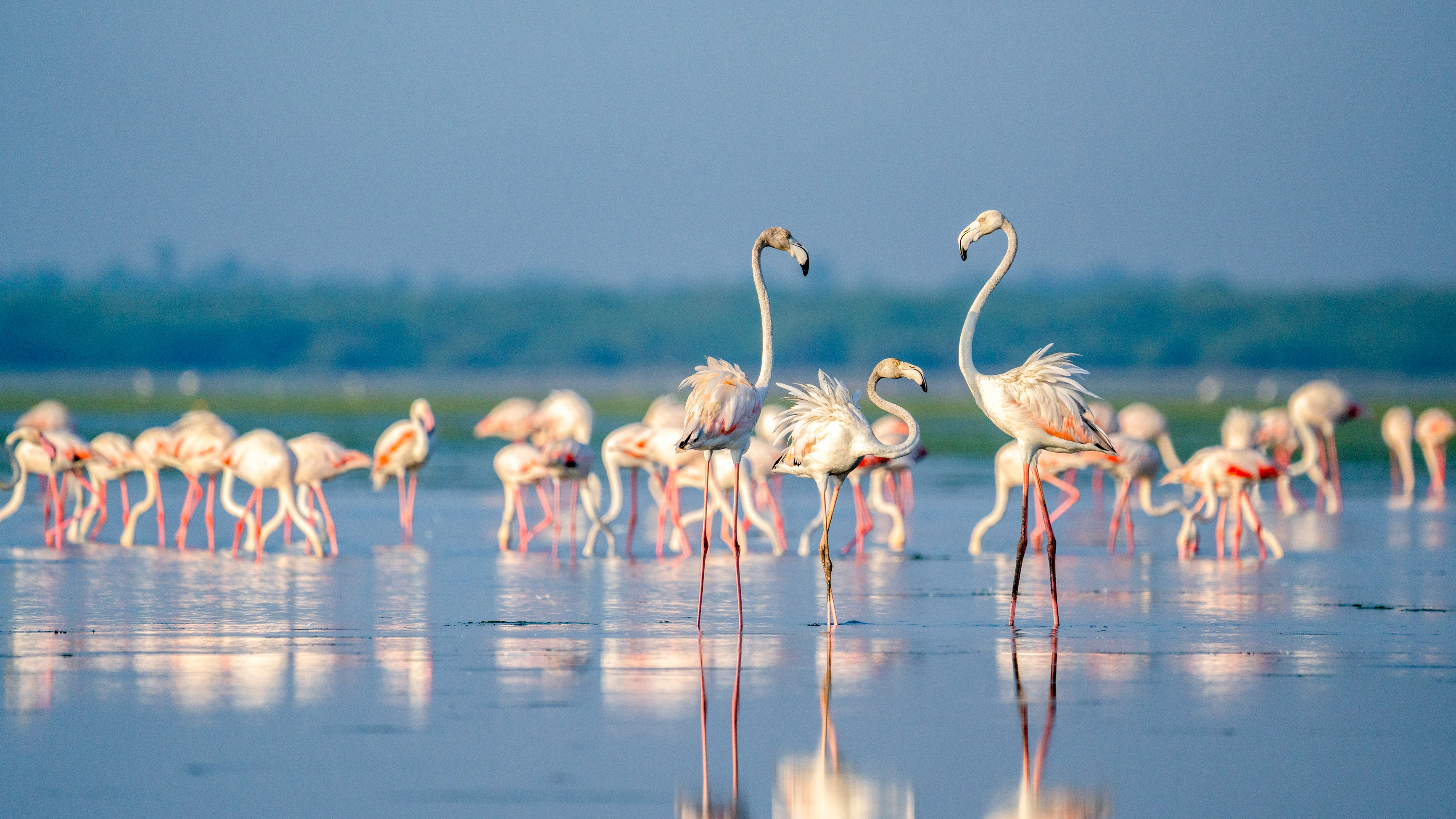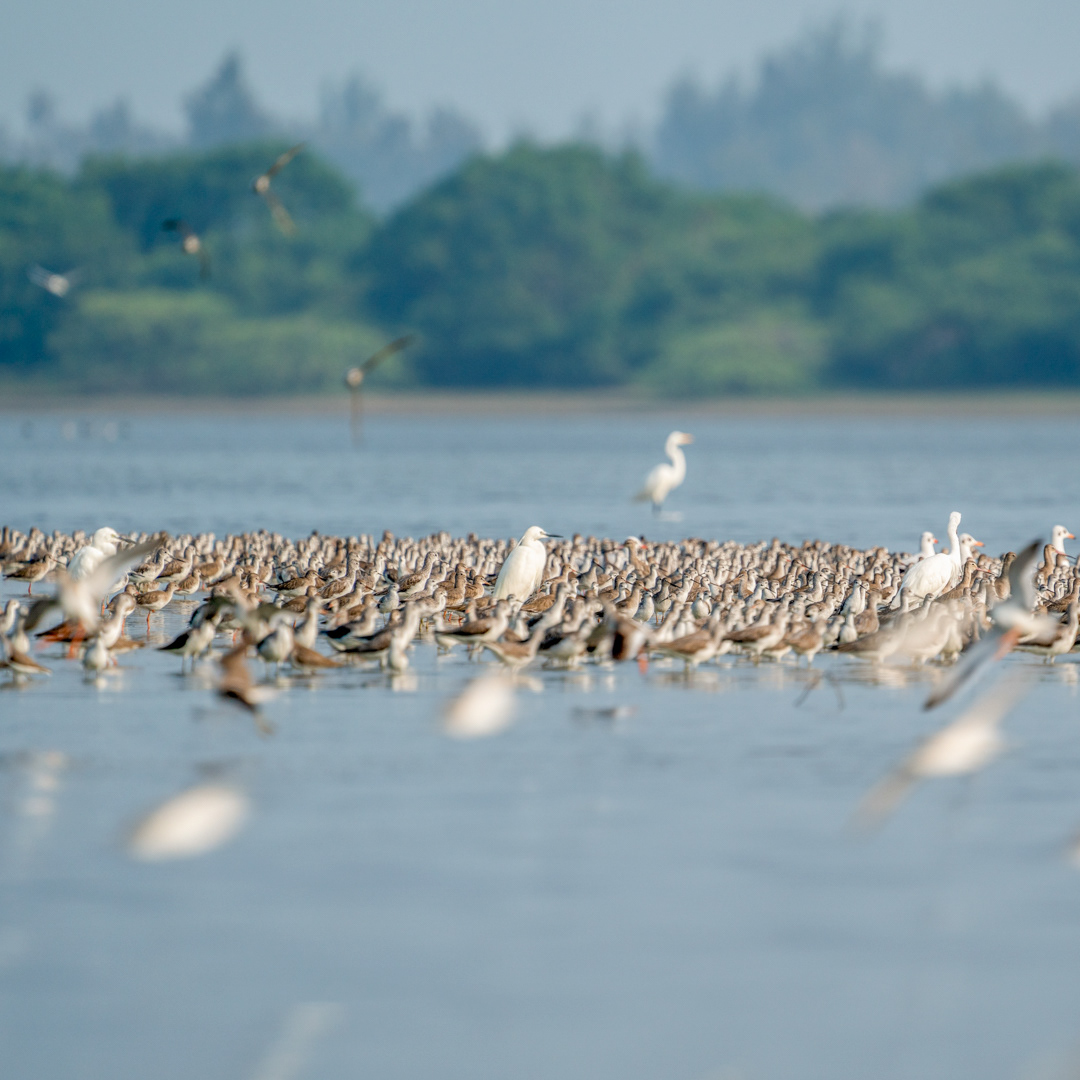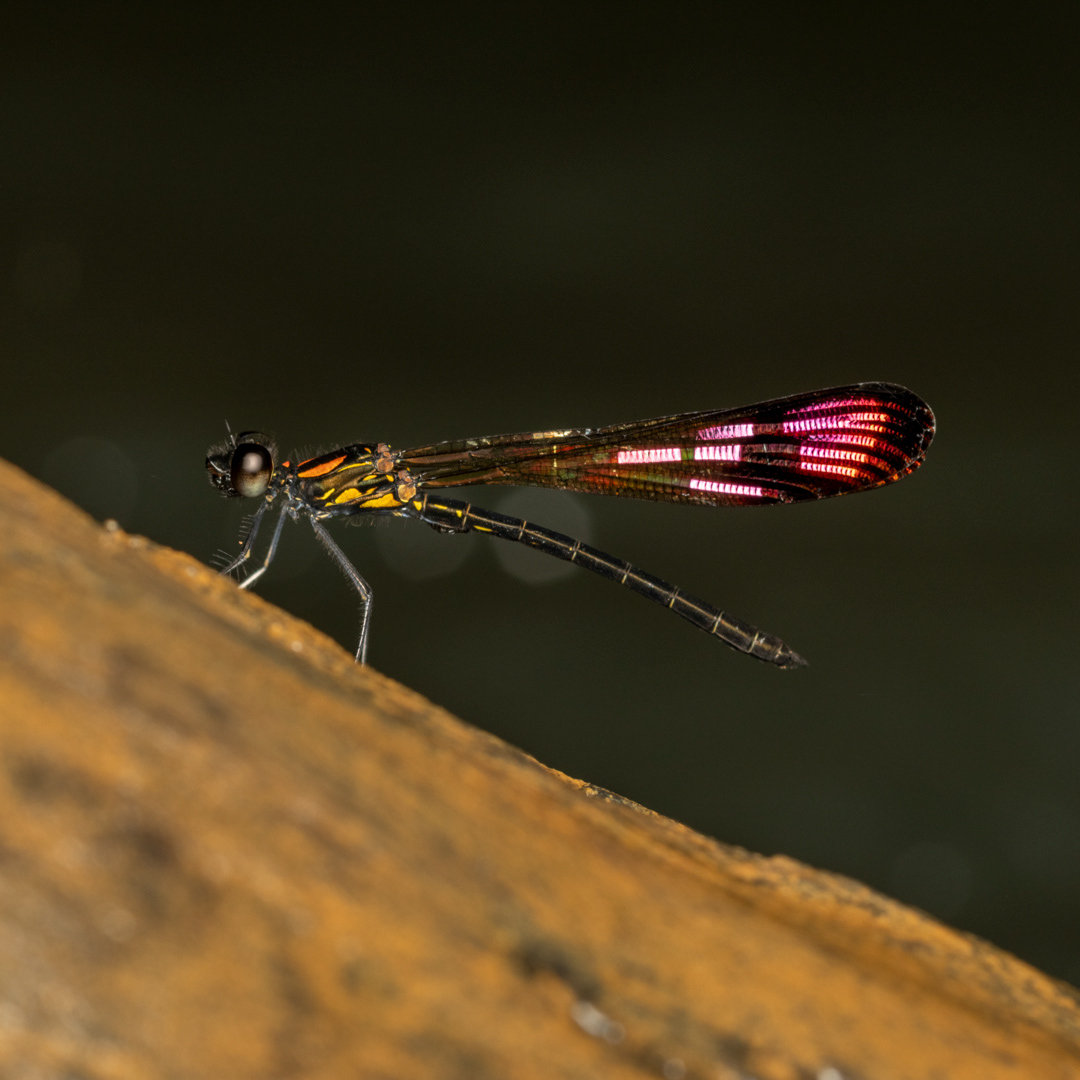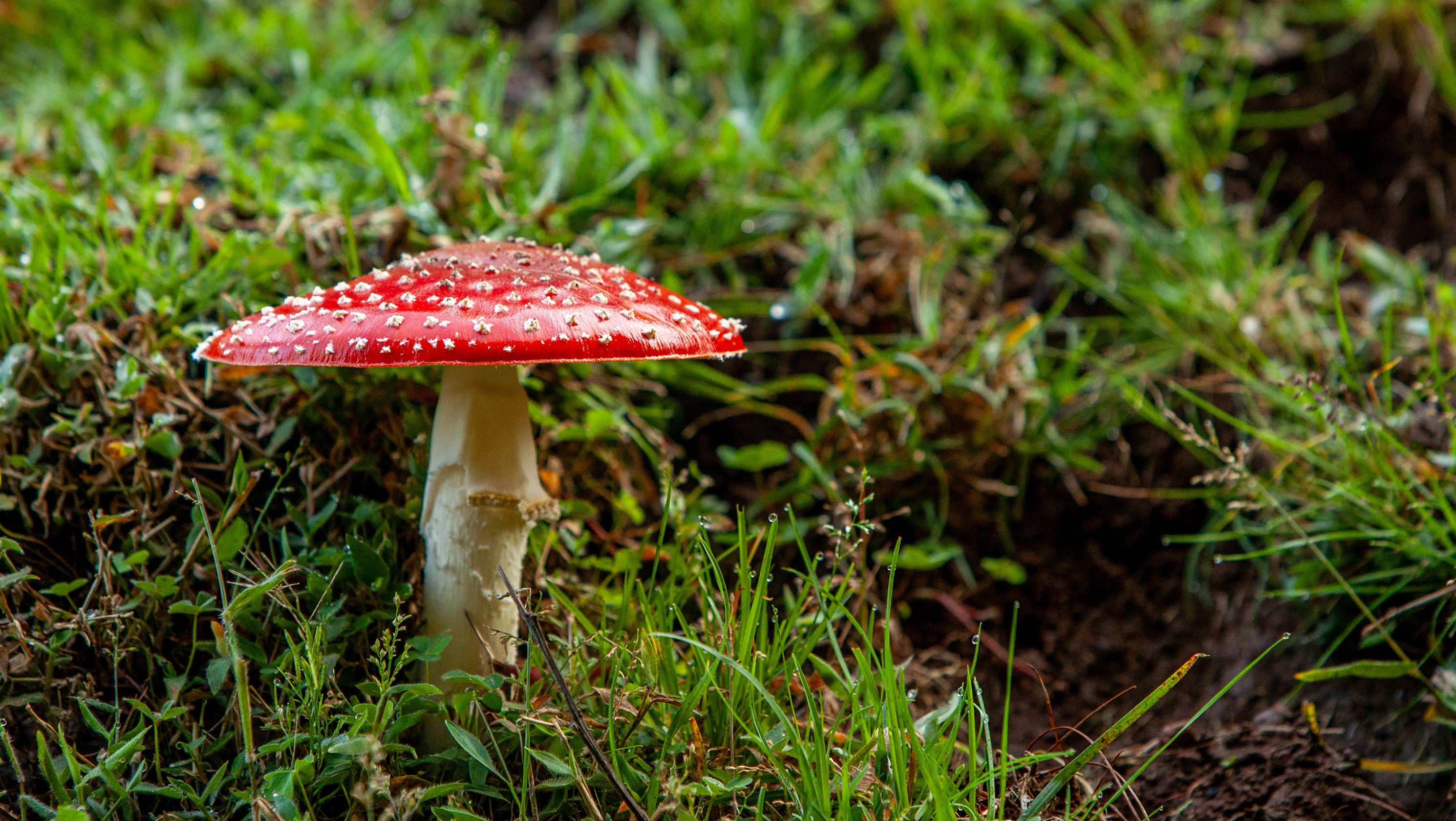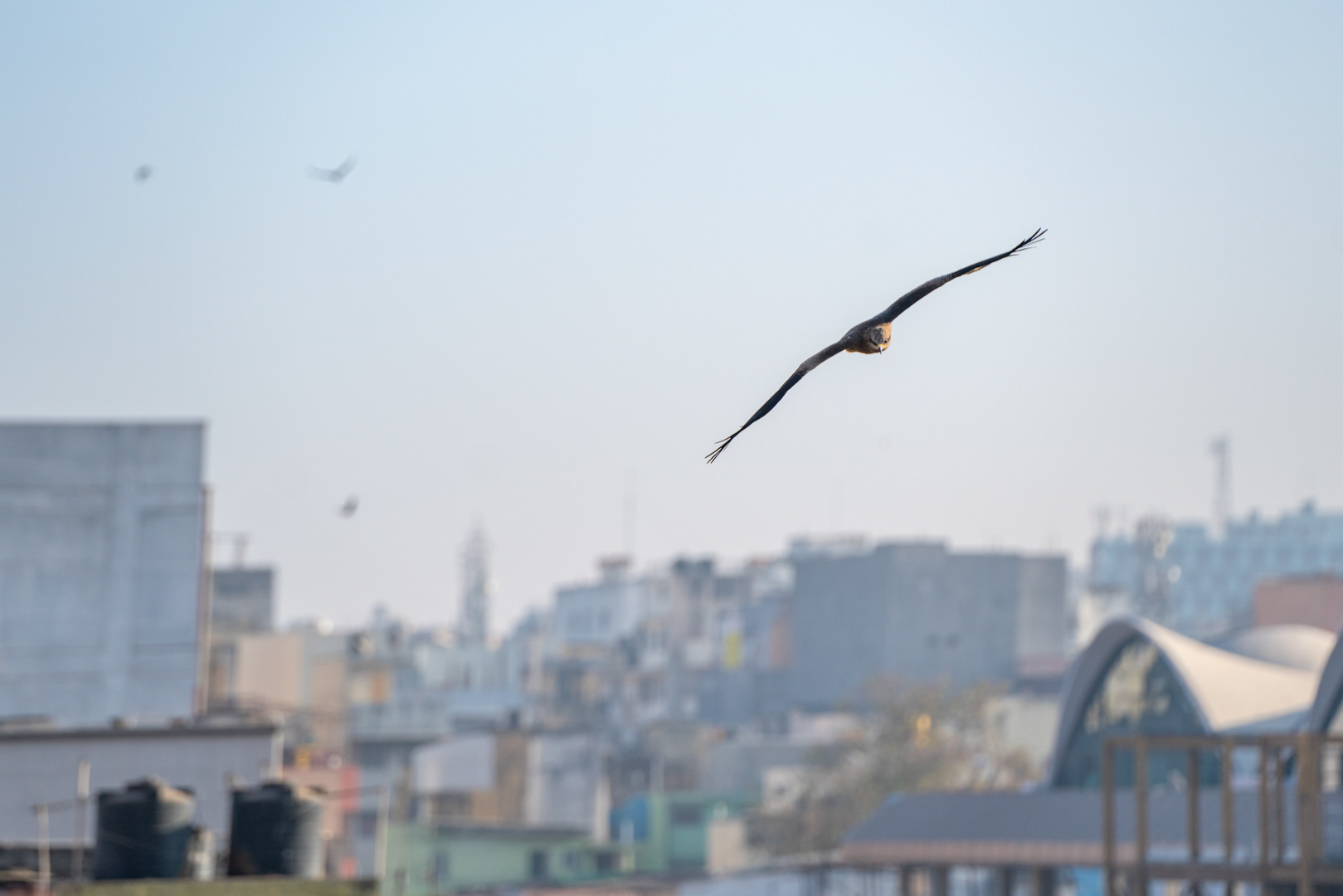

Unlike many bird species that struggle to survive in rapidly growing cities, black kites have embraced the urban sprawl. They nest on ledges, billboards, and even mobile towers, taking advantage of the elevated perches that mimic their natural nesting sites.

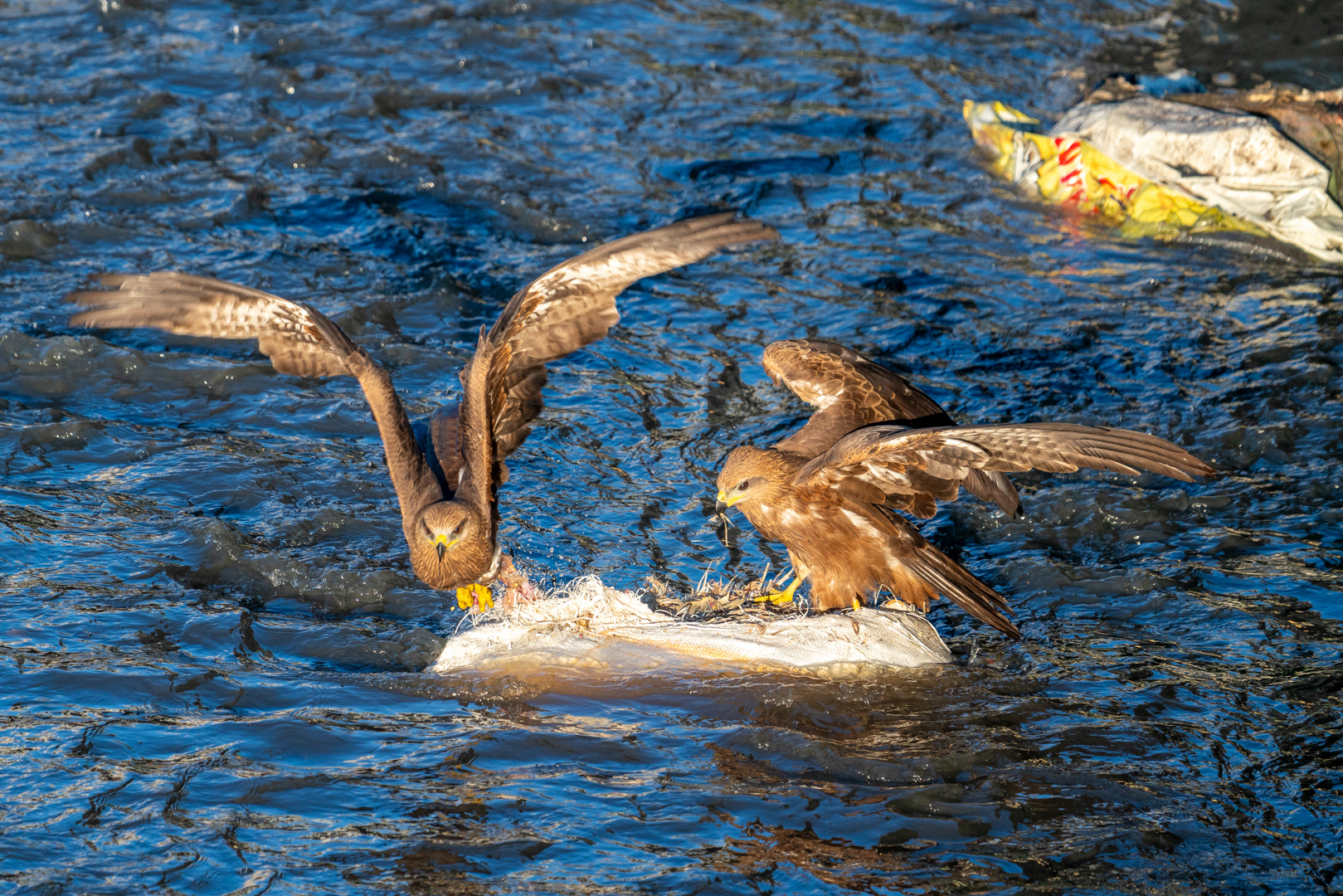
One of the most vital roles black kites play in urban ecosystems is waste management. By consuming organic waste that would otherwise decay on roadsides or attract disease-spreading pests, they help regulate the spread of bacteria and parasites. In many Indian cities, where waste disposal remains a challenge, these raptors provide an essential yet undervalued service, keeping streets cleaner and reducing the burden on sanitation systems.
Additionally, black kites also help control rodent populations by preying on rats and other small mammals, preventing their unchecked spread in densely populated areas.

